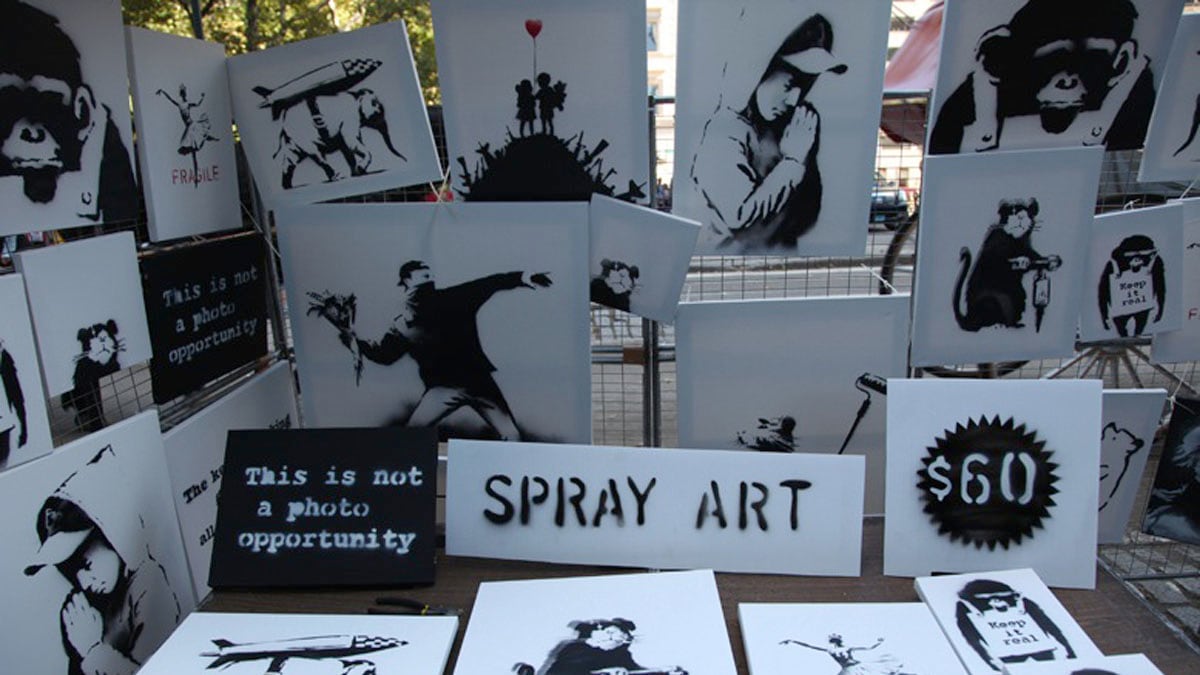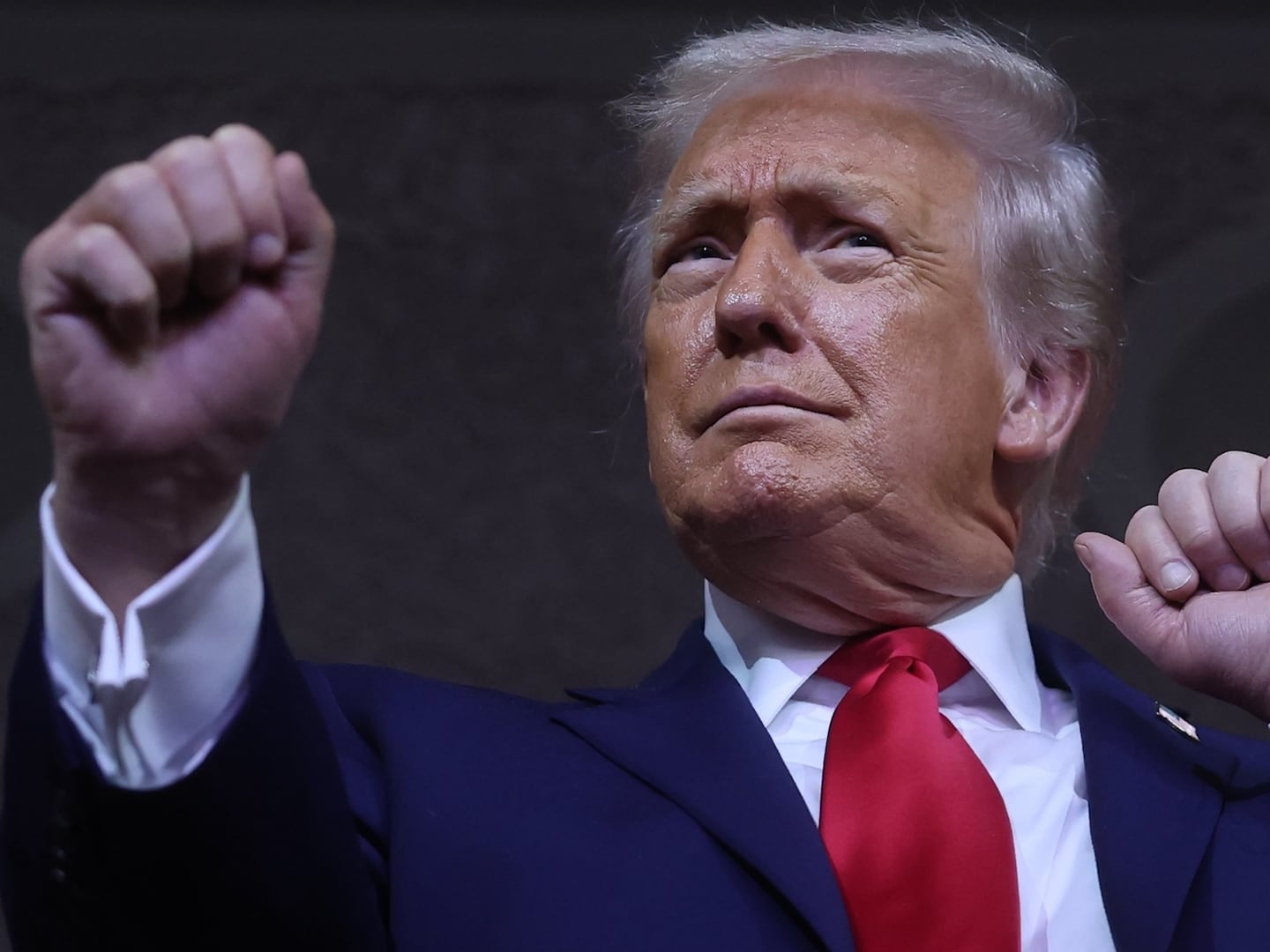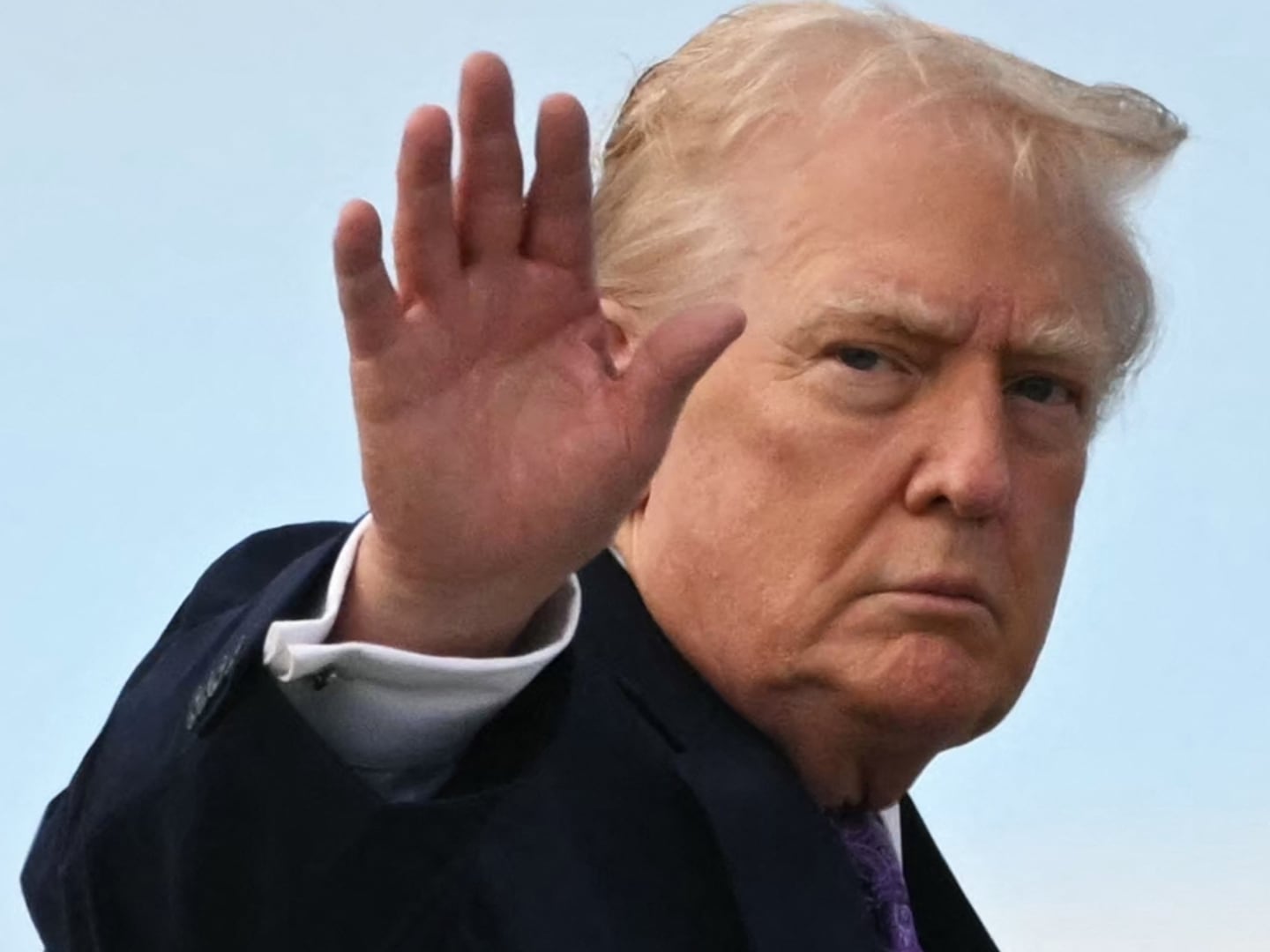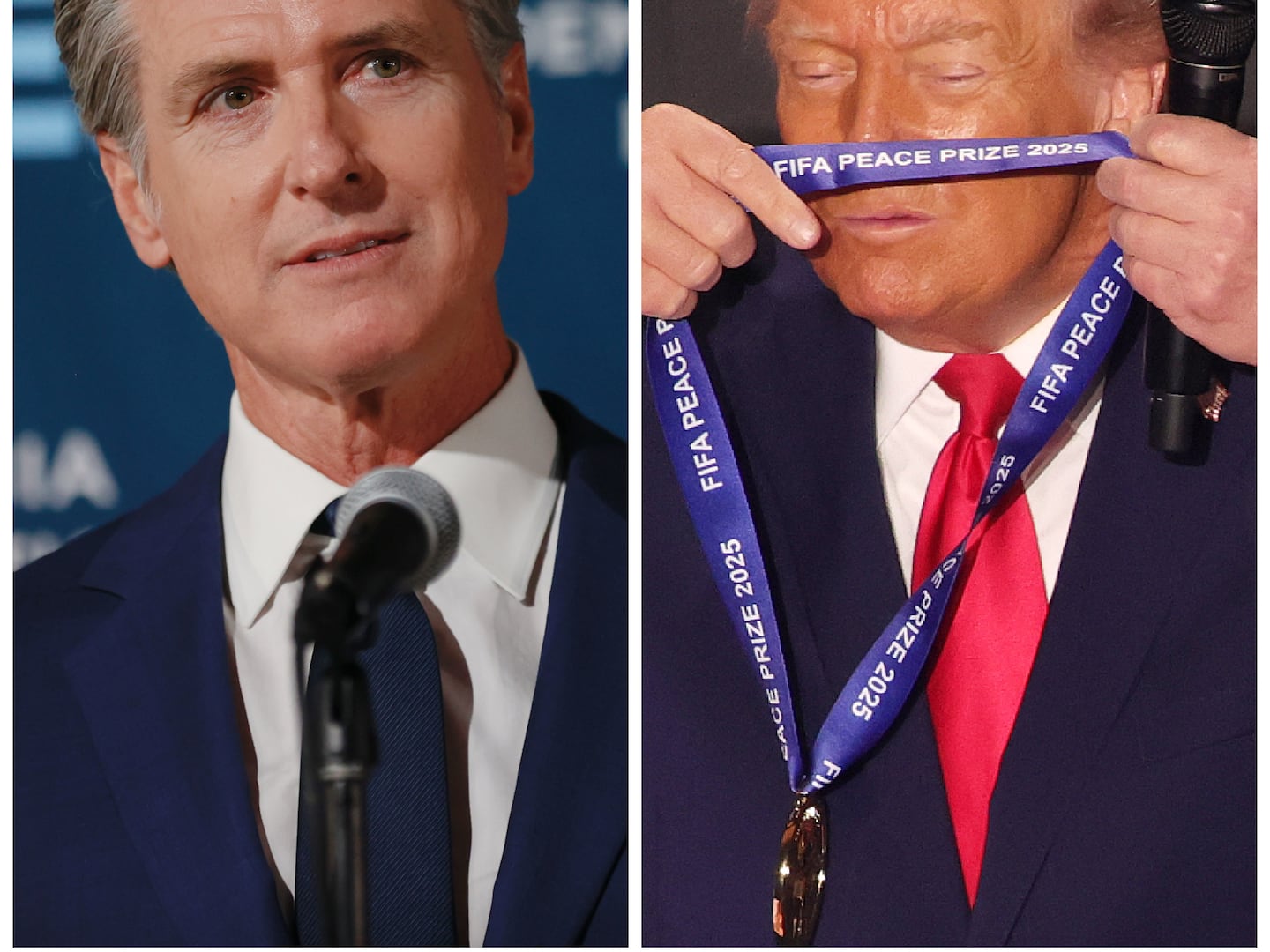This may be his greatest trick yet.
Banksy, the subversive British street artist, is two weeks into his month-long residency in New York. Every day this month, he has unveiled a new work around the city—a series of murals, videos, and two roaming trucks. Each new piece has attracted hordes of tourists and news crews—and even inspired some enterprising locals to charge tourists to see it.

But this one may take the cake. On his website on Sunday, the artist announced that he had set up a stall along Central Park on Saturday—selling “100% authentic original signed Banksy canvases. For $60 each.” That’s right: Banksy, whose works sell for millions at auction, sold canvases for $60 on the streets of New York. And the most unbelievable part? Almost no one bought them. It was part stunt, part social experiment: If people don’t know they are looking at work from a world-famous artist, do they even care?
Banksy’s video shows his prints, many of them depicting his most recognizable images, displayed on a picnic table outside Central Park. The street vendor, an older man in a baseball hat, sits by idly as tourists flood past the table. Few of them glance at the art. A hidden camera captures it all.
The first buyer comes several hours later, at 3:30 p.m., when a lady buys “two small canvases for her children,” according to the video. She negotiated a 50 percent discount, buying the two works for $60 total. At 4 p.m., a woman from New Zealand buys two. A little over an hour later, a man from Chicago who “just needs something for the walls,” buys four. With each sale, the vendor gives the buyer a hug or a kiss. At 6 p.m., he closes the table, making only $420 for the day. A limited edition print of Love Is In The Air -- the image of the man throwing a hand grenade of flowers, which was stationed on the center of the table -- sold for $249,000 at Bonham's last June.
It’s the classic example of art without the frame—and it raises the important question: how much does our experience of art rely on context?
We linger on The Mona Lisa because it’s framed in the Louvre, behind bullet proof glass and protected by security guards. Outside the Louvre, we walk right past framed copies of the same painting. Context is everything.
Banksy’s social experiment has been staged before—by The Washington Post, in a Pulitzer-prize winning story, “Pearls Before Breakfast,” in 2007. The paper stationed the world-famous violinist Joshua Bell (who has played before crowned heads of Europe) in the D.C. metro during rush hour, serenading strangers with his violin case open at his feet, accepting donations. He was completely anonymous—and only a few stopped to listen.
Mark Leithauser, then senior curator of the National Gallery, made an analogy: "Let's say I took one of our more abstract masterpieces, say an Ellsworth Kelly, and removed it from its frame, marched it down the 52 steps that people walk up to get to the National Gallery, past the giant columns, and brought it into a restaurant,” he told The Washington Post at the time. “It's a $5 million painting. And it's one of those restaurants where there are pieces of original art for sale, by some industrious kids from the Corcoran School, and I hang that Kelly on the wall with a price tag of $150. No one is going to notice it. An art curator might look up and say: 'Hey, that looks a little like an Ellsworth Kelly. Please pass the salt.'"
In Bell’s case, it said something about people’s inability to understand beauty in the same way outside of its original context—to appreciate art without the frame—and, perhaps, a similar point can be made for the Banksys on the street.
But maybe it also calls into question the extent to which the art market has come to commodify the latter’s work, skyrocketing his prices, if, really, we can pass by his work on a street corner and not even bat an eyelash.






